Surface Voids in Concrete | Bug Holes in Concrete
Surface VoidsThese are the little holes that appear on the concrete surface. These voids may produce unacceptable appearance on the surface of the finished casting.
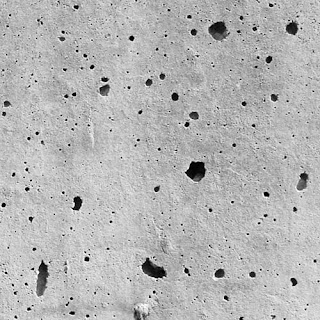 |
| Air Voids/Surface Voids/Bug Holes |
Causes of Surface Voids / Bug Holes in Concrete
It is generally due to the following three factors:
1. Release Agent
2. Release Water
3. Release Air
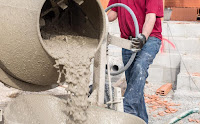 |
| Mixing Concrete/Mixing Time |
Fill voids under concrete
Hint No. 1
Extend the mix time to help break up any residual air or water bubbles. This will promote a more uniform and workable consistency.
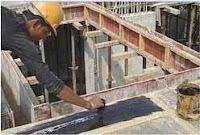 |
| Shuttering Oil |
Make sure to that release agents are applied in thin films. This will eliminated any pooling or puddling in the lower portions of your mold.
Hint No. 3
 |
| Cement |
This allows large aggregate to move more freely and reduces
the amount of air entrapment.
Hint No. 4
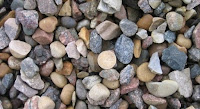 |
| Aggregate |
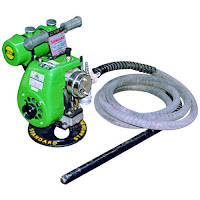 |
| Vibrator |
Techniques used during vibration can eliminate most surface voids.
Vibrating both the outside and inside of you mold will draw most air
and water bubbles away from the surface of the concrete. Hammering
the mold can eliminate any residual voids.
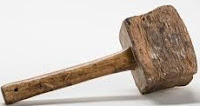 |
Wooden HammerClick to Know: |